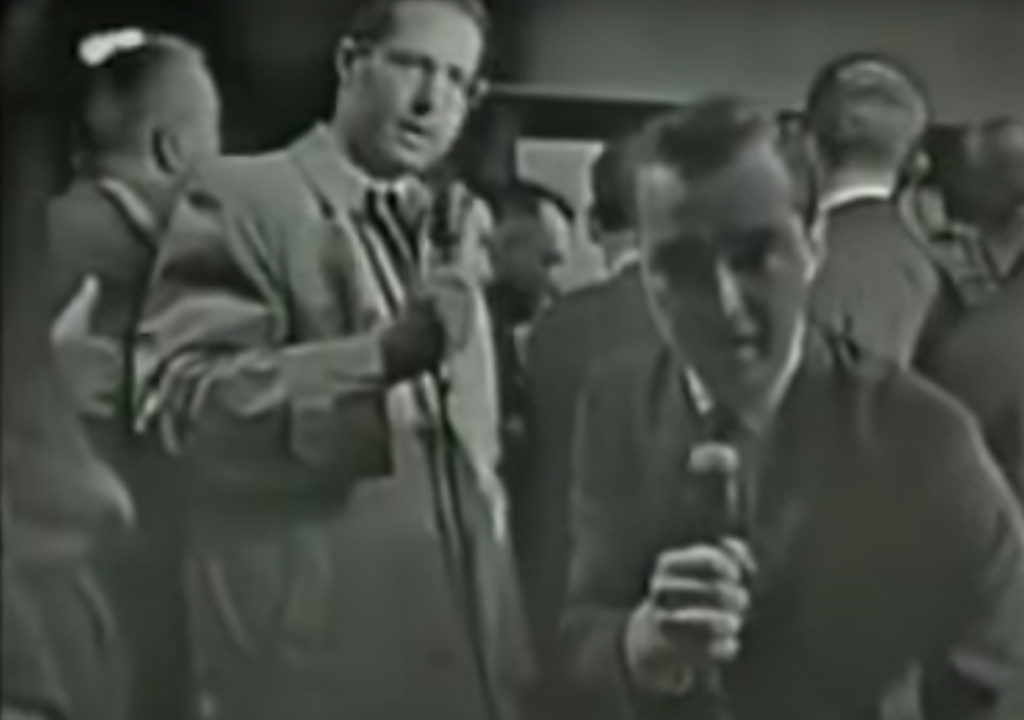I’ve added a new episode in my new podcast series Media, Technology & Culture exploring ‘liveness’ – from live TV to streaming social media – as experiences of mediated simultaneity.
I wrote about this series in my last blog post. Below I have included the episode description, and a embedded a player link to the episode. You can subscribe to the podcast on all major podcast platforms at my podcast website.
It is often said that media technologies provide us with a ‘window on the world’ beyond our own experience. A window not only connecting us to a distant world, beyond our immediate reach, but also to one which we can join into, and share simultaneously. One term for describing how media afford this window on the world is ‘liveness’. The most obvious example is live news coverage: journalism that is valued because it’s on location, at the event, brought to you the viewer ‘live’. But liveness is not just live coverage. It refers to mediated experiences that place a priority on the value of ‘now’ over later. A kind of experience which very often tends to rely on centralised media – from broadcasters to social platforms – as the privileged means of accessing such live experiences, perhaps increasing their power along the way. In this episode, we explore liveness first via a vignette into the experiences of broadcast journalists covering the prison transfer of presumed Kennedy assassin Lee Harvey Oswald, who along with their viewers, abruptly found themselves witnessing a televised murder. From there, we will consider different approaches to liveness. These approaches have in the past been rooted in the study of radio and television. But the streaming comments, images and increasingly video of social media platforms clearly demand we revive and reimagine the concept to understand new kinds of networked real-time-like or live experience.
Thinkers Discussed: Karin Van Es (Liveness Redux: On Media and their Claim to be Live / The Future of Live); Philip Auslander (Liveness: Performance in a Mediatized Culture); Nick Couldry (Liveness, ‘Reality’, and the Mediated Habitus from Television to the Mobile Phone); Annie Van den Oever (The Aesthetics and Viewing Regimes of Cinema and Television, and their Dialectics); Joshua Meyrowitz (No Sense of Place: The Impact of Electronic Media on Social Behavior); Paddy Scannell (Television and the Meaning of Live: An Enquiry into the Human Situation); Esther Weltevrede, Anne Helmond and Carolin Gerlitz (The Politics of Real-Time: A Device Perspective on Social Media Platforms and Search Engines).

0 Comments Leave a comment